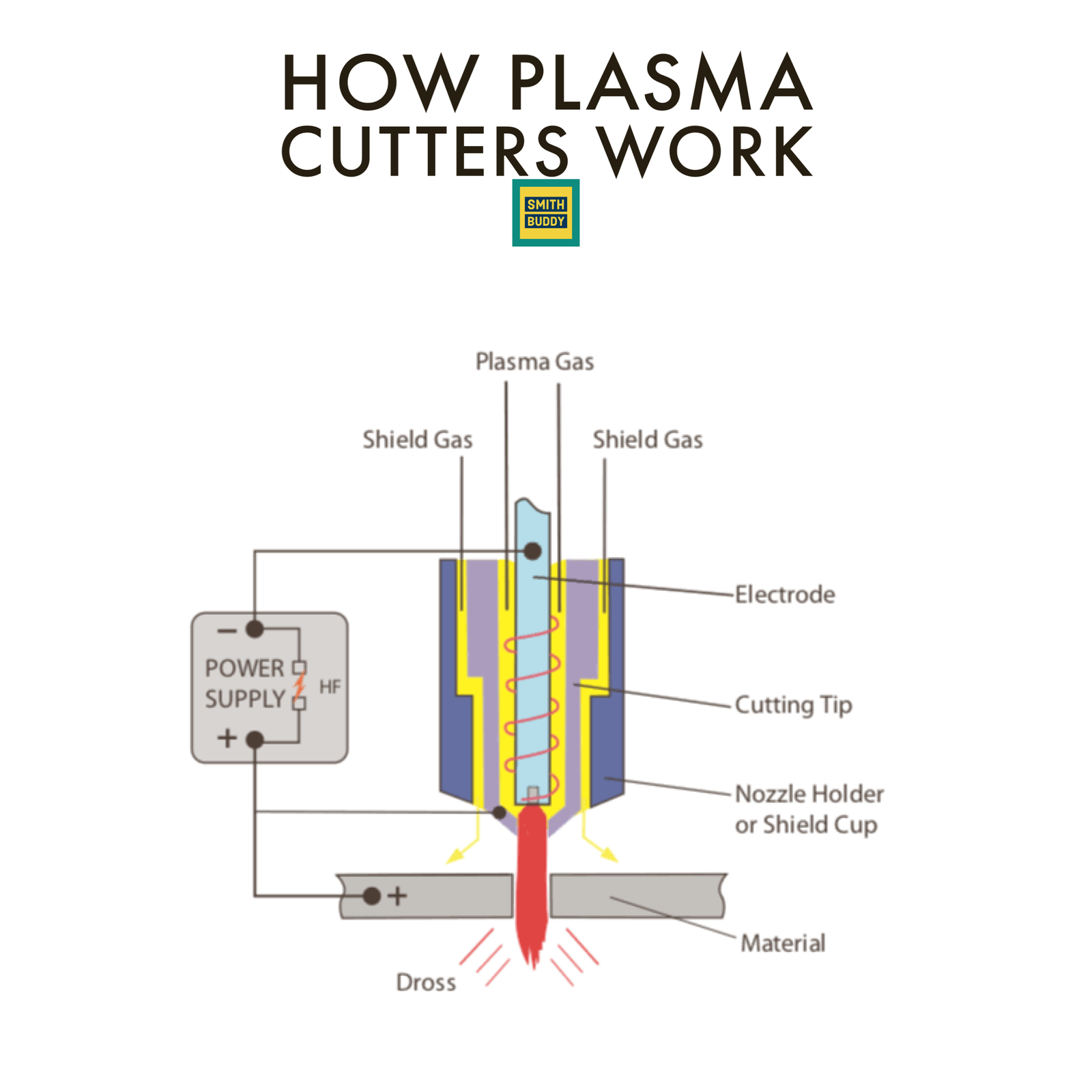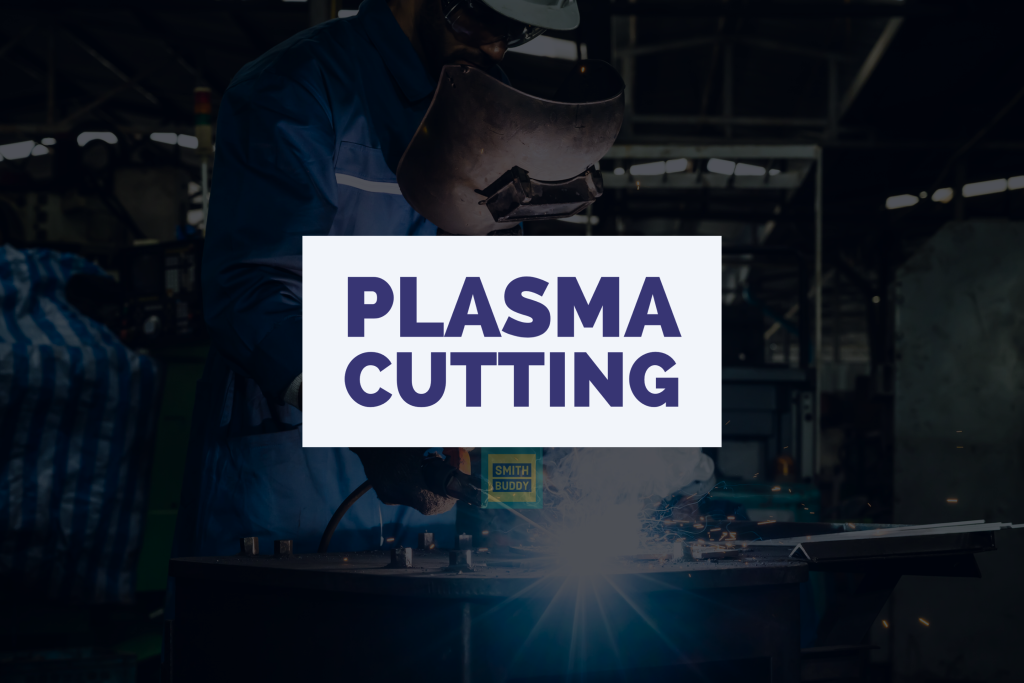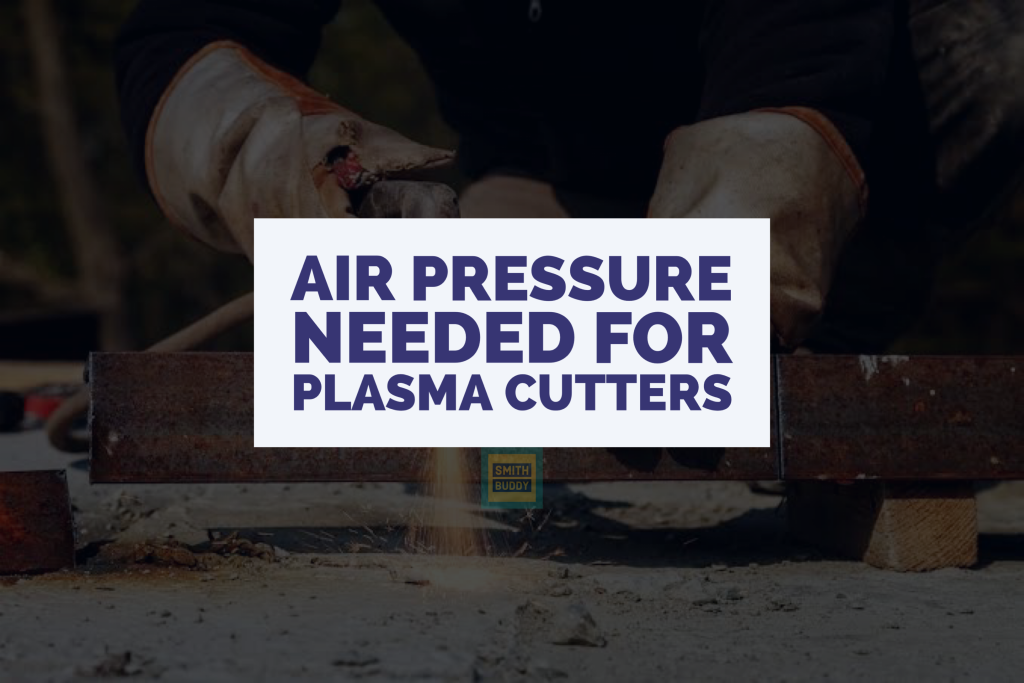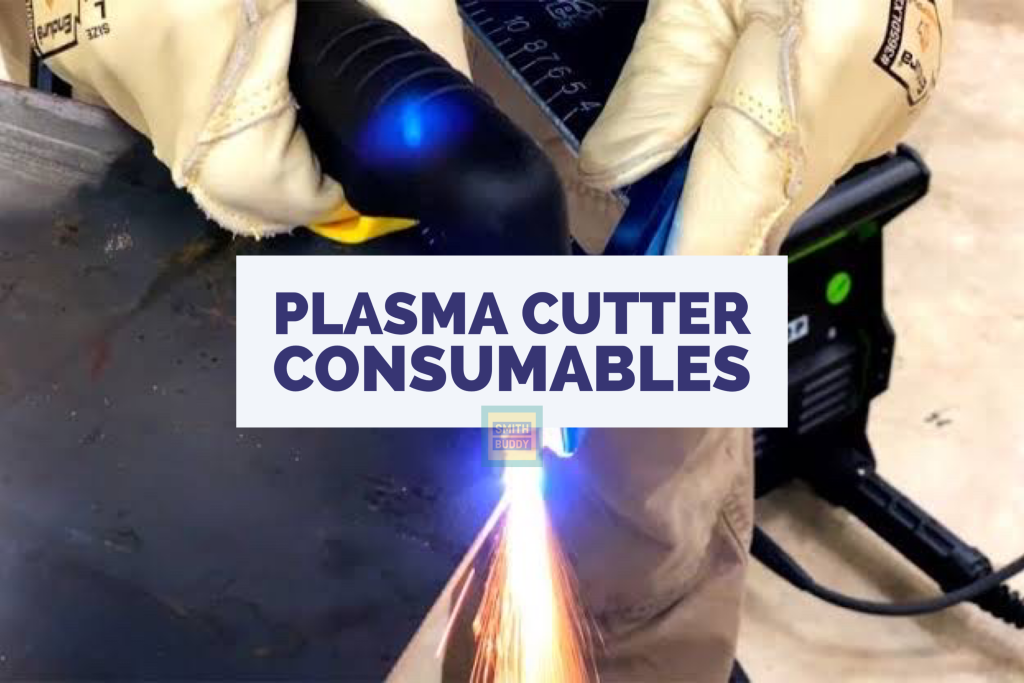Plasma cutting is a widely used metal fabrication technique that involves the use of a plasma torch to cut through a variety of conductive materials. It is a versatile and efficient process that can produce high-quality cuts with minimal setup time. However, to achieve the best possible results, it is important to understand the terminology and technical aspects of plasma cutting. In this article, we will discuss some of the most common plasma cutting glossaries and their real-life applications.
Plasma cutting is a metal fabrication technique that uses a plasma torch to cut through a wide range of conductive materials such as steel, aluminum, copper, and brass. The following are some of the most common plasma cutting glossaries and their real-life applications:
Plasma arc
The plasma arc is the ionized gas that forms between the plasma torch electrode and the workpiece. The arc is created by a high voltage, high-frequency electrical current that passes through the torch electrode and ionizes the gas inside the torch.
Imagine you are cutting a thick steel plate with a plasma torch. As you press the torch trigger, a high voltage, high-frequency current flows through the torch electrode and ionizes the gas inside the torch. The ionized gas creates a plasma arc that heats up the steel plate and melts it, allowing you to cut through it.

Kerf
The kerf is the width of the cut made by the plasma torch. The kerf is determined by the size of the plasma arc, the cutting speed, and the thickness and type of material being cut.
When cutting a metal sheet with a plasma torch, the kerf will determine the width of the cut. For example, if you need to cut a sheet of aluminum to a specific size, you will need to adjust the plasma torch settings to achieve the desired kerf width.
Cutting speed
The cutting speed is the rate at which the plasma torch moves along the material being cut. The cutting speed is typically measured in inches per minute (IPM) and is determined by the thickness and type of material being cut, the plasma torch power output, and the operator’s experience.
If you need to cut a thick steel plate quickly, you will need to increase the cutting speed of the plasma torch. However, if you need to make precise cuts on a thin aluminum sheet, you will need to slow down the cutting speed to avoid melting the material.
Torch height
The torch height is the distance between the plasma torch and the material being cut. The torch height is critical to achieving a clean, precise cut and is determined by the type and thickness of material being cut and the plasma torch power output.
When cutting a metal sheet with a plasma torch, you will need to adjust the torch height to achieve the desired cut quality. If the torch is too close to the material, it will create a rough cut with a lot of slag. If the torch is too far away from the material, it will create a jagged cut with a lot of dross.
Arc voltage
Arc voltage refers to the electrical potential difference between the plasma torch electrode and the workpiece. The arc voltage is an important parameter that affects the quality of the cut, and it is typically controlled by the operator.
If you need to cut a thick steel plate, you may need to increase the arc voltage to ensure that the plasma arc can penetrate the material and produce a clean cut. However, if you are cutting a thin sheet of aluminum, you may need to decrease the arc voltage to avoid melting the material.
Air Pressure
Air pressure is an important parameter that affects the performance of plasma cutting. The plasma torch uses compressed air to blow away the molten metal and slag, which can interfere with the cutting process and reduce cut quality. The air pressure must be carefully controlled to ensure that it is sufficient to remove the molten metal and slag but not so high that it blows the molten metal back into the cut, causing poor quality.

In addition, compressed air often contains moisture, which can be detrimental to the plasma cutting process. The presence of moisture can cause corrosion of the plasma torch and other components, as well as reduce the performance of the torch by creating unstable plasma arcs. Moisture can also contribute to the formation of dross and other defects in the cut, reducing cut quality.
To address this issue, an air dryer is typically used to remove moisture from the compressed air before it enters the plasma torch. The air dryer uses a desiccant or other drying agent to remove moisture from the air and ensure that the air is clean and dry. This can help improve cut quality and extend the life of the plasma torch and other components.
Here’s the best air dryers for plasma cutters.
Consumables
Consumables are the parts of the plasma torch that are designed to wear out over time and need to be replaced regularly. These include the electrode, nozzle, and swirl ring, among others.
If you use a plasma torch regularly, you will need to replace the consumables periodically to maintain the quality of the cut. For example, if the electrode is worn out, it may cause the plasma arc to become unstable, resulting in a poor cut quality.

Dross
Dross is the solidified material that forms on the bottom of the cut after the plasma torch has passed through the material. Dross is typically made up of the same material as the workpiece but is of lower quality and may need to be removed or cleaned up after the cut.
When cutting a metal sheet with a plasma torch, you may notice dross forming on the bottom of the cut. To remove the dross, you may need to use a grinder or other tool to smooth out the cut edge.
Heat-affected zone (HAZ)
The heat-affected zone is the area of the material that has been affected by the heat of the plasma arc. The HAZ may have different properties than the rest of the material, such as increased hardness or reduced ductility.
When cutting a metal sheet with a plasma torch, the HAZ may be larger than the kerf width and may need to be taken into account when designing the part. For example, if the HAZ is too large, it may affect the structural integrity of the part.
CNC plasma cutting
CNC plasma cutting is the use of computer numerical control (CNC) to automate the plasma cutting process. A CNC plasma cutting machine can follow a pre-programmed cutting path to produce precise and repeatable cuts.
If you need to produce a large number of parts with the same shape and size, you may use a CNC plasma cutting machine to automate the process. The machine can follow a pre-programmed cutting path to produce identical parts with high accuracy.
Piercing
Piercing is the process of making a hole in the material before starting the cut. Piercing is typically done by using the plasma torch to melt a small hole in the material, which is then enlarged by moving the torch along the cut path.
When cutting a metal sheet with a plasma torch, you may need to pierce the material before starting the cut. This is especially important for thicker materials, where the plasma arc may not be able to penetrate the material without a pre-drilled hole.
Plasma gas
Plasma gas is the gas that is used to create the plasma arc in the torch. The most common plasma gases are argon, hydrogen, and nitrogen, although other gases can also be used depending on the application.
When cutting a metal sheet with a plasma torch, you will need to select the appropriate plasma gas for the material being cut. For example, nitrogen may be used for cutting stainless steel, while argon may be used for aluminum.
CNC nesting software
CNC nesting software is a computer program that optimizes the layout of parts on a sheet of material to minimize waste and maximize efficiency. The software takes into account the size and shape of the parts and the available sheet size to create an optimal nesting pattern.
When producing multiple parts from a sheet of metal, you can use CNC nesting software to arrange the parts in the most efficient way possible. This can save material and reduce the amount of scrap generated.
Cutting table
A cutting table is a support surface that holds the material being cut and provides a stable and level surface for the plasma torch. Cutting tables may have features such as water or downdraft tables to help remove smoke and debris from the cutting area.
When cutting a metal sheet with a plasma torch, you will need to place the material on a cutting table to provide a stable surface for the torch. The cutting table may also have additional features, such as a downdraft system to remove fumes and debris.
Cut quality
Cut quality refers to the overall quality of the cut, including factors such as kerf width, edge quality, and the presence of dross or slag. Cut quality is influenced by a range of factors, including torch settings, material properties, and operator skill.
When cutting a metal sheet with a plasma torch, you will want to achieve the best possible cut quality for your application. This may require adjusting torch settings, using the right consumables, and carefully controlling factors such as cutting speed and torch height.
Conclusion
In conclusion, plasma cutting is an important process for metal fabrication that requires knowledge and skill to achieve optimal results. Understanding the plasma cutting glossaries discussed in this article can help you select the right equipment, adjust the right settings, and perform the necessary tasks to produce high-quality cuts. Whether you are a professional metal fabricator or a hobbyist, taking the time to learn about plasma cutting can help you achieve your goals and create impressive projects.





